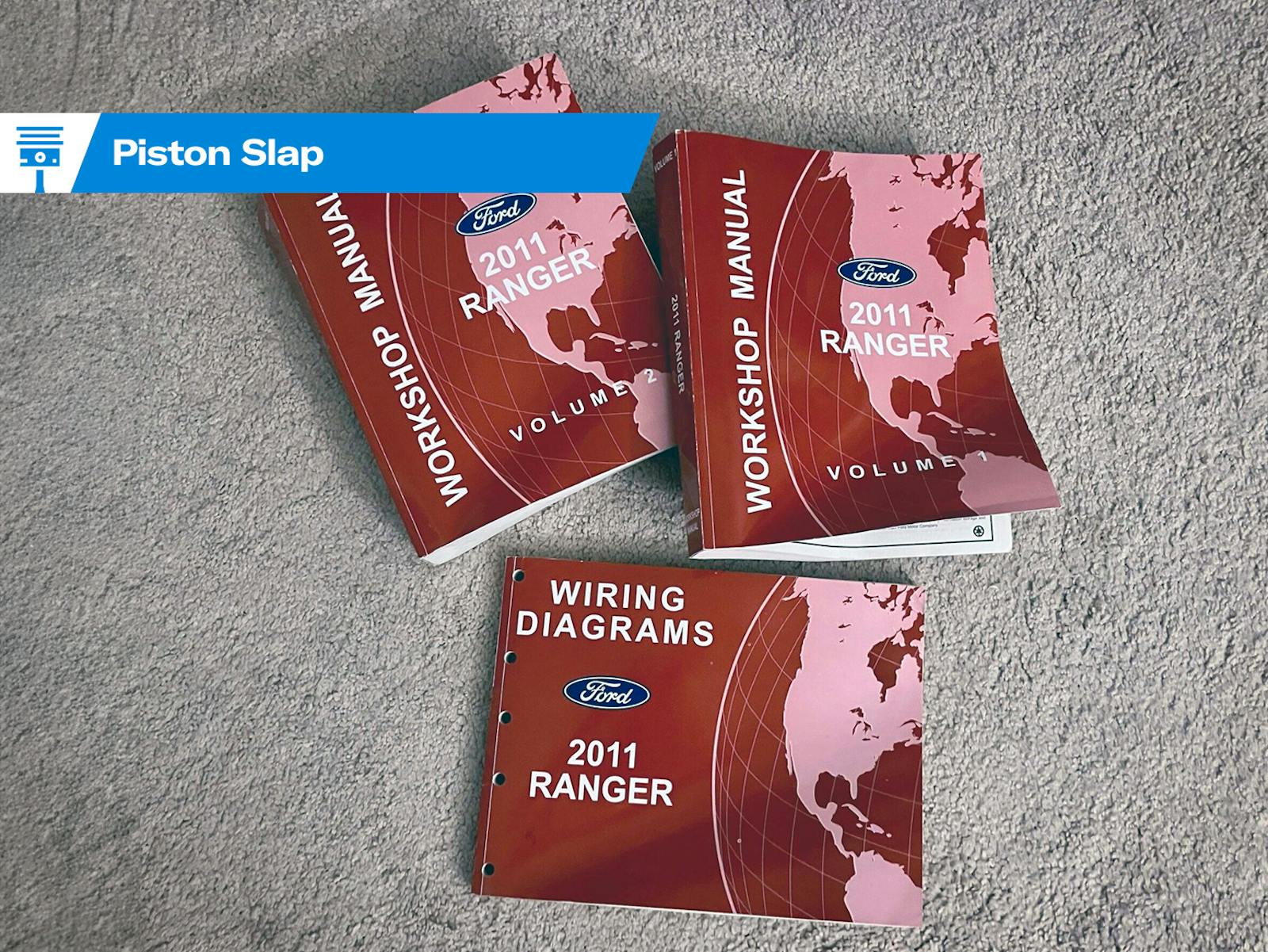Watch how coils of steel become modern disc brake pads
Modern brake technology is amazing, especially to those who have intimate knowledge of the rudimentary stopping power that defines much older car brakes. The disc brakes that come standard on nearly every new car are both uncomplicated and powerful, with only a few parts that wear. The main wear item is the brake pad—but there’s a lot more that goes into this little part than you might think. ChrisFix went to a pad factory and found out the details behind how modern brake pads are produced.
There are just three parts to a modern brake pad, but that means each part of the equation is extremely important to overall functionality. The start is the backing plate, or the steel portion which the hydraulic pistons of the caliper press into, creating the friction which stops the vehicle. When made of plain cold rolled steel, these backing plates rust, causing the brakes to hang in the caliper and drag. The solution: use pickled (yum?) and oiled steel, which is hot rolled and then coated in oil to prevent corrosion. A zinc coating applied to the final backing plate provides additional corrosion resistance.
The friction material is then placed on the backing plate—there are a few approaches you can take here. The first is bonding, which adheres the friction material to the backing plate with adhesive. The second involves a mechanical bond in addition to the chemical adhesive bond. Using a press, the backing plate gets an array of tines that give the friction material something to grab onto. This keeps the material more stable and prevents loss of the friction material in a situation with high shear loads or extremely high temperatures.
The final piece is a thin spring steel shim to keep the brakes quiet. Vintage disc brake pads may or may not have this small piece, but on modern cars where noise is a much greater concern, these shims help keep the brakes functioning quietly for many miles of regular driving.
Your classic car is far more likely to have drum brakes, requiring brake shoes that utilize a slightly different design. (The basic science is the same, though.) Of course, with any braking system, proper adjustment is just as important as quality materials, so make sure that you check your brakes and adjust them after installing new parts to ensure the system is safely operating before your car hits the road.


